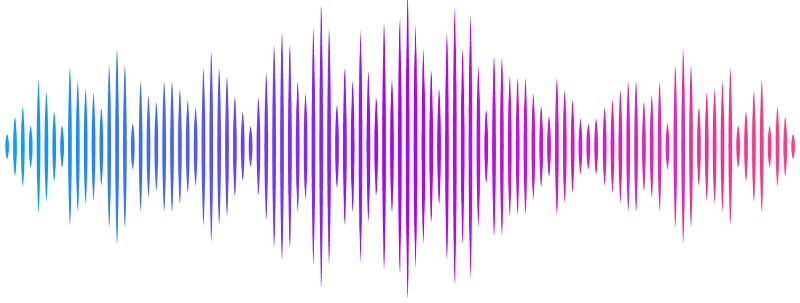Expanding Ejecta Method: I. Mapping Supernova Morphology with Intensity Interferometry

Expanding Ejecta Method: I. Mapping Supernova Morphology with Intensity Interferometry
I-Kai Chen, David Dunsky, Ken Van Tilburg, Junwu Huang, Robert V. Wagoner
AbstractWe explore the potential of optical intensity interferometry to extract angularly resolved information from supernova explosions, introducing the "expanding ejecta method" (EEM) as a robust alternative to the classical expanding photosphere method (EPM). Foreseeing future improvements to intensity interferometers of large light collection area ($25\pi\,\rm{m}^2$ per telescope) equipped with spectral multiplexing ($10^4$ spectral resolution) and fast photodetectors ($10\,\mathrm{ps}$ timing resolution, $50\%$ overall efficiency), we demonstrate that high signal-to-noise measurements of the visibility modulus are achievable for Type IIP (Type Ia) supernovae out to $3~(12)\,\mathrm{Mpc}$. By focusing on generic line emission and absorption in ballistic ejecta, the EEM can relax assumptions about spherical symmetry, blackbody radiation, and extinction. The EEM enables angular diameter distances to be determined with $\sim2\%$ precision for supernovae of apparent magnitude $m = 12$ from a 60-hour observation by an intensity interferometer with those same instrumental specifications. We argue that the EEM is significantly more robust to modeling uncertainties and systematic effects than (variants of) the EPM. In a companion paper, we show how the EEM can be used to provide geometric anchors for cosmic distance ladder calibration, or to construct a wholly independent Hubble diagram based on angular diameter distances.